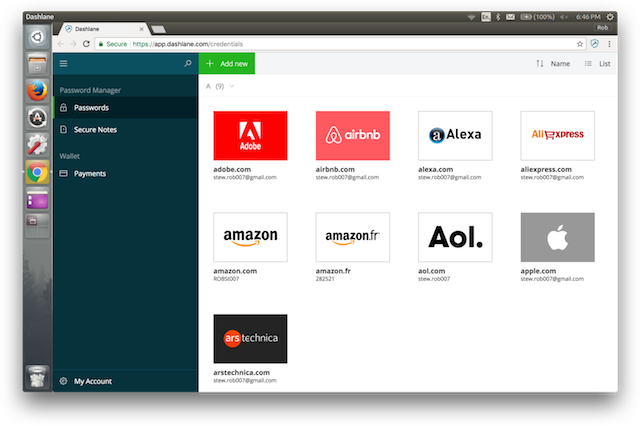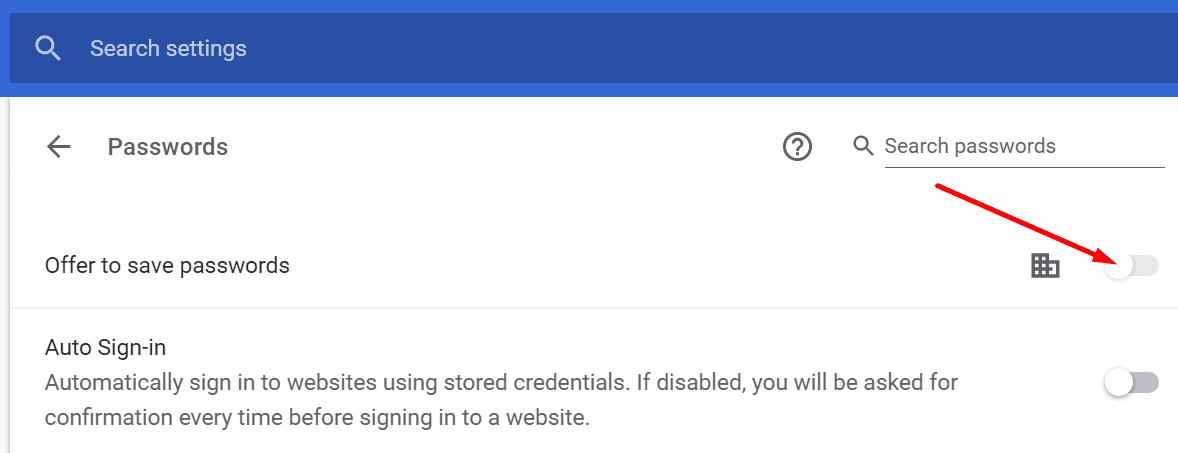
We can also expect other password managers to follow suit and have a solution ready before Android P begins to roll out. At the moment, the integration with Firefox seems to be a work in progress, and we can expect an update on that shortly. All you need to do is use Dashlane’s In-App Bubble feature. The devs at Dashlane took heed to the change and immediately started working on a prototype using Android P Developer Preview 1 and so far things are now working just like you would expect in Google’s Chrome browser.įunctionality for other browsers such as Microsoft Edge and Samsung Browser shouldn't be too far off. So not only does it cut out a step the end user has to enable (which some were worried about enabling in the first place), but it also drastically reduces the CPU usage on your device. In Android O, the accessibility service had to be manually enabled and to make it easier for developers Google is making it enabled by default. Update 9:25am: It now appears that Dashlane has been reinstated into the Chrome Web Store.Dashlane is ahead of the pack and has started work on it In the meantime, while this gets hashed out, Dashlane’s web and mobile apps still work just great, as well as their extensions for other browsers like Safari, Firefox, and even one for the Chromium-based Microsoft Edge. This is most likely due to Chromes restrictions on third-party software, which can cause apps and extensions to be blocked. So far, Google has not publicly responded to Dashlane, leaving the company in a state of limbo. That said, there’s no way for Dashlane to gain new customers on Chrome or for existing customers to switch to a new computer. Thankfully, removing Dashlane from the Chrome Web Store does not take away the still-functioning extension from anyone who has already installed it. The next day, Dashlane was removed from the Chrome Web Store altogether, with the extension’s listing currently leading to a 404 error.

To comply with the request, Dashlane submitted a “permission justification form,” spelling out how the extension works and why it needs so many permissions to do the job, along with a new version of Dashlane. In the post, it’s explained that, on Friday, Dashlane received a warning from the Chrome Web Store stating that the extension had a week to either cutback or explain the permissions it asks for. Spotted by Techdows, one of the engineers responsible for the Dashlane password manager has publicly posted an attempt to get in contact with Google.

Unfortunately, one of the more popular password managers, Dashlane, has had its extension removed from the Chrome Web Store due to privacy and permissions issues.

As account security has become more important, having a good cross-platform password manager has become almost essential.


 0 kommentar(er)
0 kommentar(er)
